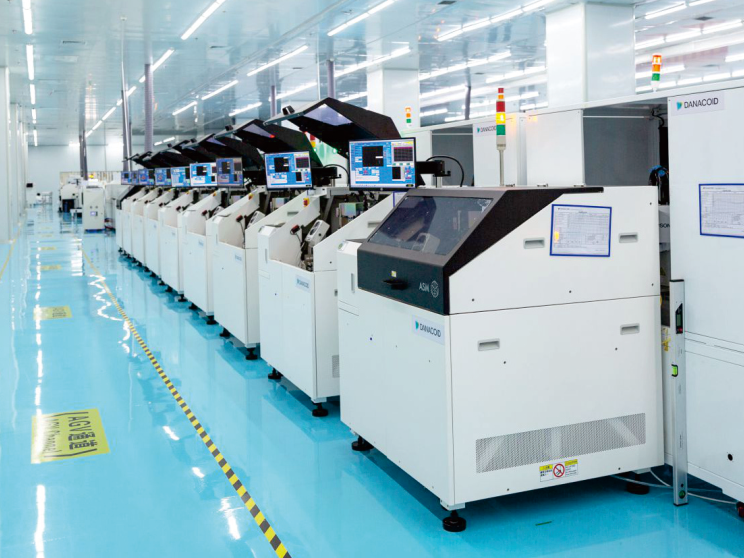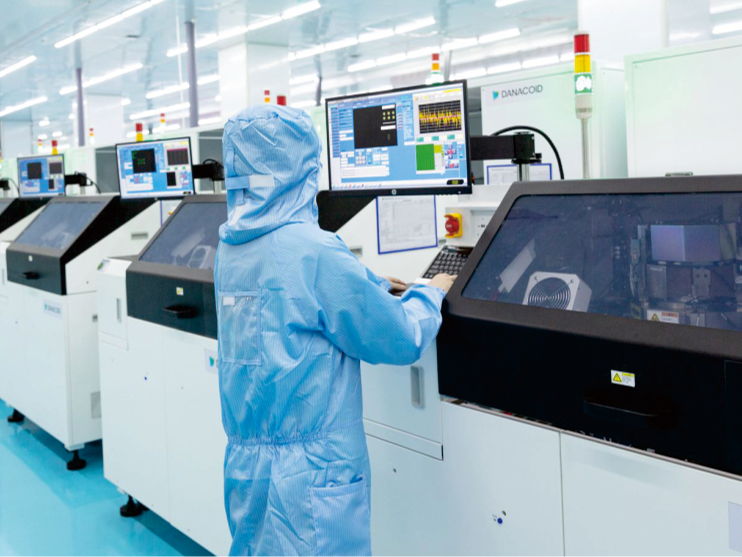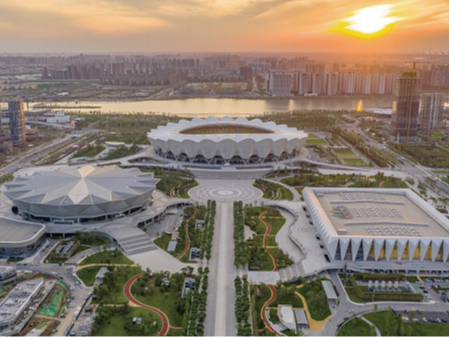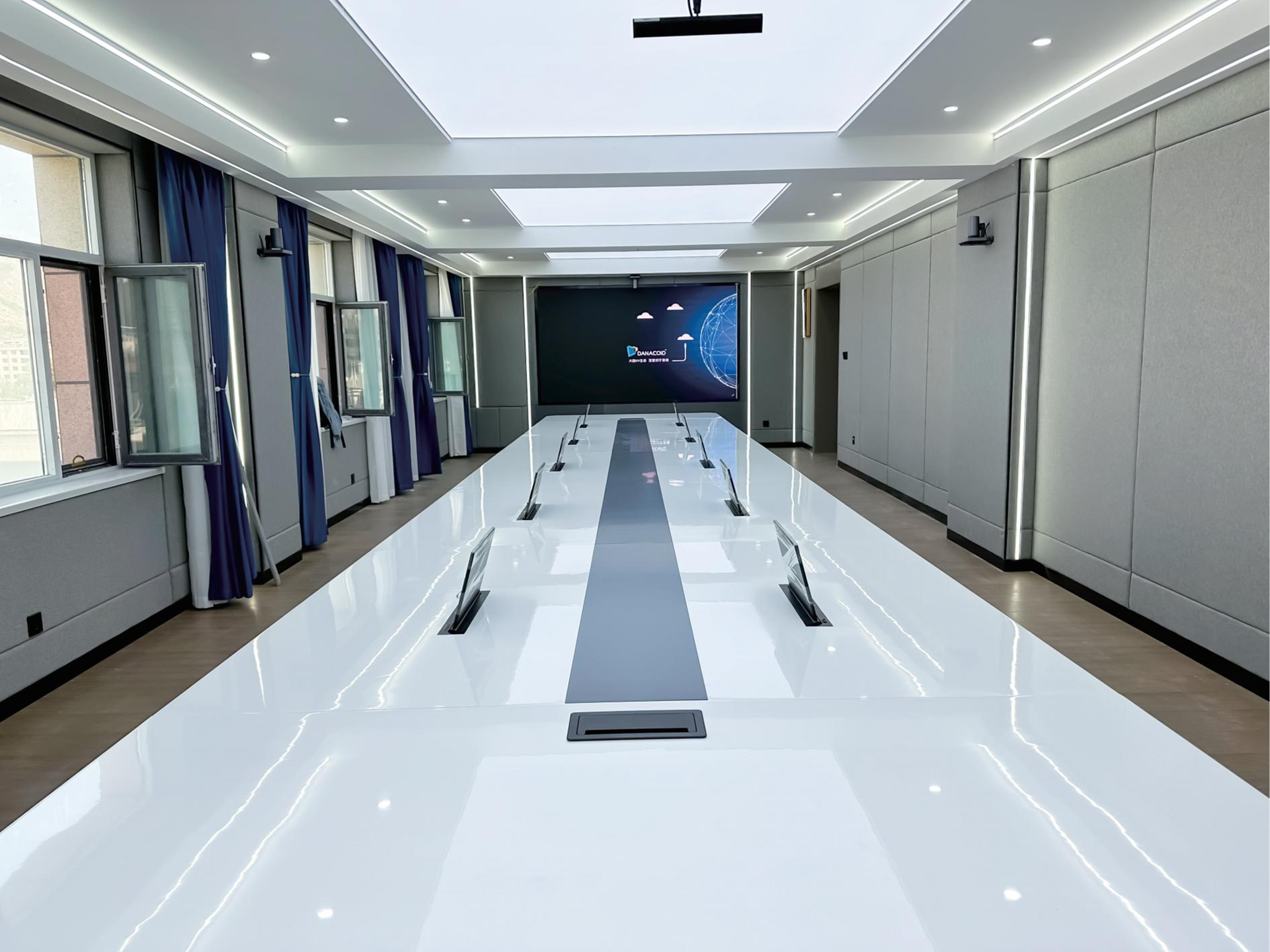Ultimate Guide to Powerful All-in-One Creative Workstations
Creative professionals need robust, reliable machines that can handle demanding graphics and video workflows seamlessly. All-in-one machines for graphic design and video editing have evolved significantly, offering an elegant solution that combines power and style. These sophisticated workstations integrate high-performance components with stunning displays, creating the perfect environment for bringing creative visions to life.
Today's all-in-one solutions provide an impressive balance of processing power, graphics capabilities, and screen real estate – all in a clean, clutter-free form factor that maximizes desk space while minimizing cable management headaches. Let's explore the key features, top options, and essential considerations for choosing the perfect creative workstation.
Essential Features for Creative Professionals
Display Quality and Color Accuracy
For graphic designers and video editors, display quality is paramount. Professional-grade all-in-one machines for graphic design typically feature high-resolution screens with excellent color accuracy. Look for displays offering 4K or 5K resolution, with support for wide color gamuts like Adobe RGB and P3. The best systems include factory color calibration and maintain consistent brightness across the entire screen.
Anti-glare coatings and adjustable stands ensure comfortable viewing angles during long working sessions. Some premium models even offer touch and pen input capabilities, enabling direct interaction with creative software tools.
Processing Power and Graphics
Creative workflows demand serious horsepower. Leading all-in-one machines pack the latest generation processors with multiple cores and high clock speeds. For smooth video editing and rendering, look for systems with dedicated graphics cards rather than integrated solutions. The combination of powerful CPUs and discrete GPUs ensures that complex tasks like 4K video editing, 3D rendering, and multi-layer image processing run smoothly.
Memory and storage configurations are equally crucial. Professional all-in-one machines should offer at least 32GB of RAM, with the ability to upgrade. SSD storage, preferably NVMe, provides the fast data access speeds necessary for working with large media files.
Connectivity and Expansion Options
Port Selection and External Display Support
Professional all-in-one machines for graphic design must offer comprehensive connectivity options. Multiple Thunderbolt ports enable high-speed data transfer and support for external displays. USB-A and USB-C ports accommodate various peripherals, while SD card readers simplify media import. Some models include HDMI inputs, allowing the system to serve as a display for other devices.
The ability to connect external monitors is crucial for expanding screen real estate. Look for systems that can drive multiple high-resolution displays while maintaining peak performance.
Networking and Audio Features
Fast, reliable networking is essential for collaborative work and cloud storage access. Premium all-in-one machines include WiFi 6 or better, along with Ethernet ports for wired connections. Quality speakers and microphones facilitate client communications and multimedia work, while some models include enhanced audio features for content creation.
Ergonomics and Design Considerations
Workspace Integration
All-in-one machines for graphic design should complement your creative space. Consider the physical footprint, stand adjustability, and cable management solutions. The best systems offer height, tilt, and swivel adjustments to maintain proper ergonomics during extended work sessions. Clean designs with minimal bezels maximize screen space while maintaining a professional aesthetic.
Thermal Management and Noise
Powerful components generate heat, making efficient thermal management crucial. Premium all-in-one machines employ sophisticated cooling solutions to maintain performance without excessive fan noise. Look for systems with well-designed ventilation that keeps components cool while remaining quiet enough for video recording and client meetings.
Software Compatibility and Performance
Creative Suite Optimization
Professional all-in-one machines should handle industry-standard creative software with ease. This includes Adobe Creative Cloud applications, DaVinci Resolve, and 3D modeling tools. The best systems are tested and certified for professional software, ensuring stable performance and compatibility with plug-ins and extensions.
Operating System Considerations
Choose an operating system that aligns with your workflow and software requirements. Some all-in-one machines for graphic design run Windows, offering broad software compatibility, while others use macOS, providing tight integration with the Apple ecosystem. Consider cross-platform capabilities if you need to work in both environments.
Future-Proofing Your Investment
Upgrade Potential
While all-in-one machines typically offer limited internal upgrade options, some models provide access to memory and storage components. Consider systems with Thunderbolt ports for external GPU support and expansion capabilities. This flexibility helps extend the useful life of your investment as requirements evolve.
Warranty and Support
Professional work demands reliable equipment and prompt support when issues arise. Look for manufacturers offering comprehensive warranty coverage and dedicated professional support channels. On-site service options and advance replacement programs minimize potential downtime.
Frequently Asked Questions
How much RAM do I need for professional graphic design and video editing?
For professional work, start with at least 32GB of RAM. This provides adequate memory for running multiple creative applications simultaneously and handling large files. Complex video projects or 3D rendering may benefit from 64GB or more.
Can all-in-one machines handle 4K video editing?
Modern all-in-one machines with dedicated graphics cards and current-generation processors can handle 4K video editing effectively. Look for systems with optimized cooling solutions to maintain performance during extended rendering sessions.
Are all-in-one machines suitable for professional color grading?
High-end all-in-one machines with factory-calibrated displays and wide color gamut support are suitable for professional color work. However, consider the specific color accuracy requirements of your projects and whether external reference monitors may be necessary.









